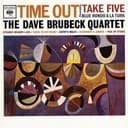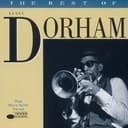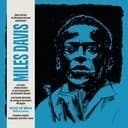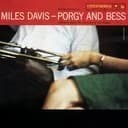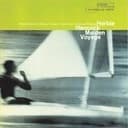Understanding the A♭ Bebop Major Scale
Scale Construction and Theory
The A♭ Bebop Major scale is constructed by adding a chromatic passing tone (E natural, or ♯5) between the fifth degree (E♭) and sixth degree (F) of the standard A♭ Major scale. This creates an octatonic scale with the interval formula 2-2-1-2-1-1-2-1, distinguishing it from traditional seven-note scales.
The scale degrees are: 1 (A♭), 2 (B♭), 3 (C), 4 (D♭), 5 (E♭), ♯5 (E), 6 (F), and 7 (G). This structure maintains all the essential tones of A♭ major while adding the chromatic connector that defines bebop vocabulary. The added note creates a half-step approach to the sixth degree, intensifying melodic movement.
Jazz Application and Improvisation
In jazz improvisation, the A♭ Bebop Major scale excels when soloing over A♭maj7 chords and serves as an excellent choice for the I chord in the key of A♭. The eight-note configuration ensures that when playing continuous eighth notes, chord tones (root, third, fifth, and seventh) naturally align with strong beats, while passing tones fall on weak beats.
This rhythmic advantage allows improvisers to create flowing bebop lines without disrupting harmonic clarity. The chromatic passing tone adds color and sophistication to major key phrases, creating the characteristic "bebop sound" heard in the playing of Charlie Parker, Dizzy Gillespie, and other jazz masters.
The scale also functions effectively over dominant seventh chords in certain contexts, particularly when emphasizing major tonality. Many jazz musicians employ this scale when navigating ii-V-I progressions in A♭, switching between bebop dominant and bebop major scales for maximum melodic variety.
Harmonic Context and Chord Progressions
The A♭ Bebop Major scale works seamlessly with A♭maj7, A♭6, and A♭add9 chords, outlining these harmonies while maintaining bebop chromaticism. It naturally complements progressions in the key of A♭ major, particularly on tonic and subdominant functions where major quality is emphasized.
Common progressions featuring this scale include B♭m7-E♭7-A♭maj7 (ii-V-I in A♭), D♭maj7-A♭maj7 (IV-I), and A♭maj7-Fm7-B♭m7-E♭7 (I-vi-ii-V). The scale's chromatic passing tone creates smooth voice leading when moving between chords, especially in walking bass lines and melodic sequences.
Practice Techniques and Exercises
Begin practicing the A♭ Bebop Major scale with simple ascending and descending patterns in eighth notes, paying careful attention to how chord tones align with downbeats. Practice at various tempos using a metronome, starting slowly to internalize the chromatic movement between E♭ and F.
Develop bebop vocabulary by creating phrases that emphasize the chromatic passing tone on weak beats. Practice scale patterns in sequences of three, four, and five notes, and explore enclosures and approach patterns that highlight the scale's jazzy character. Record yourself improvising over A♭maj7 vamps to develop fluency.
Apply the scale to standard jazz tunes in A♭ major or featuring prominent A♭maj7 harmony. Transcribe bebop solos that utilize this scale to understand how master improvisers employ it in musical contexts. Focus on creating melodic phrases that sound natural and musical rather than merely scalar.
Comparison with Related Scales
While the standard A♭ Major scale contains seven notes, the A♭ Bebop Major scale's eight-note structure provides unique rhythmic properties essential for jazz phrasing. The added chromatic tone creates more sophisticated melodic possibilities while maintaining major tonality.
The A♭ Bebop Major scale differs from the A♭ Bebop Dominant scale, which adds a chromatic passing tone between the seventh and root. Understanding when to use each scale type develops more sophisticated improvisational vocabulary. The major bebop variant emphasizes brightness and major harmony, while the dominant variant creates more tension and forward motion.
Historical Context and Notable Recordings
The bebop scale concept emerged during the 1940s as jazz musicians developed new improvisational approaches. Charlie Parker, Dizzy Gillespie, and Bud Powell pioneered the use of chromatic passing tones to create the flowing eighth-note lines that defined the bebop era and revolutionized jazz vocabulary.
While specific songs exclusively in A♭ Bebop Major are rare, the scale appears in countless jazz recordings where musicians improvise over major seventh harmony. The scale remains a fundamental tool in modern jazz education, taught in conservatories worldwide as essential vocabulary for authentic bebop style and contemporary jazz improvisation.
